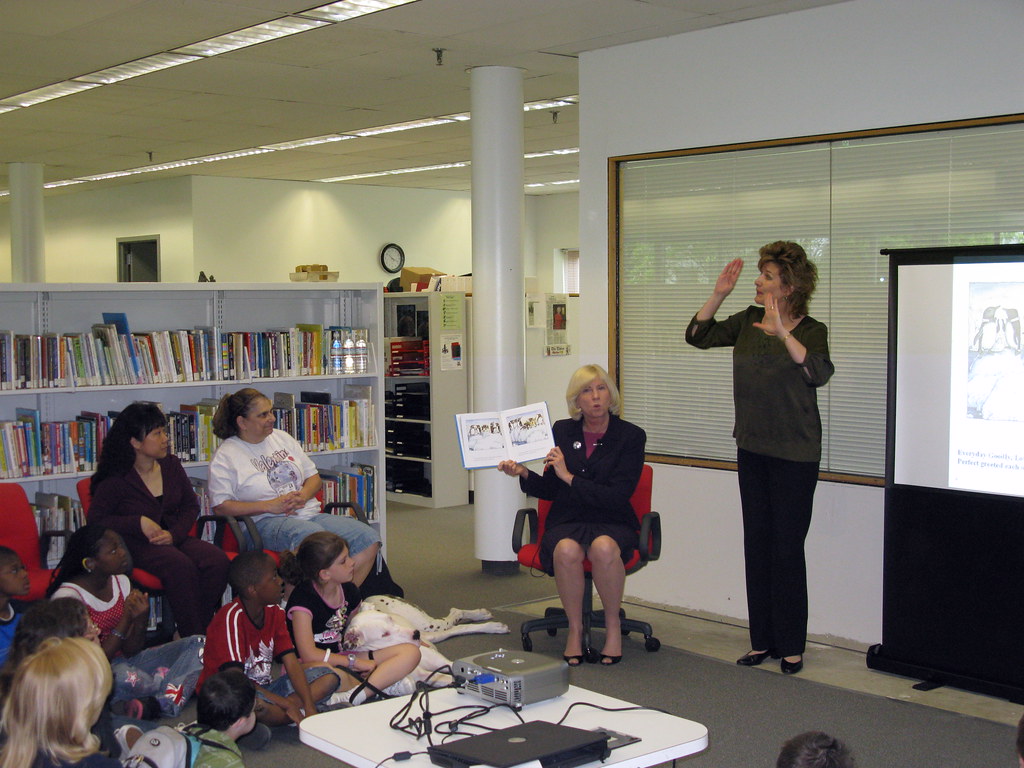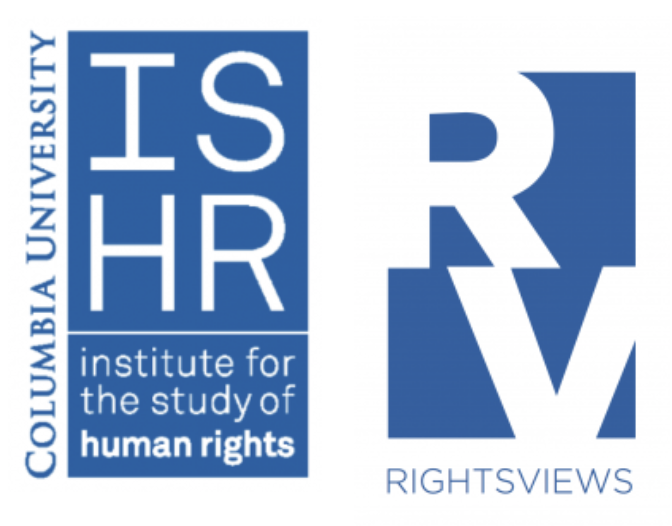By Carina Goebelbecker, staff writer
Marvel made history by debuting its first Deaf Superhero, Makkari, into its cinematic universe in the movie Eternals. Makkari, played by Deaf Brooklynite Lauren Ridloff, is a character who has super strength and speed. Representation in cinema is incredibly important, for it can lead to the empowerment and agency of the represented communities and their culture. The representation of American Sign Language (ASL) in the Marvel Cinematic Universe should extend to institutions that serve Deaf people, such as public schools. Federal funding should be allocated towards funding for ASL as second language classes in public schools.
ASL is referred to as “the third most-used non-English language in the U.S.”, yet ASL classes are extremely difficult to come across in public schools. According to Newsweek, despite the fact that one million people use ASL as their primary language, “98% of Deaf people do not receive education in sign language, 72% of families do not sign with their Deaf children, and 70% of Deaf people don’t work or are unemployed.” Teaching ASL in the public school system is a way to celebrate the beauty of Deaf culture, adding to the practice of Deaf gain, a term that points to the positives of the unique perspectives that arise when challenged to operate outside of the norm as a Deaf person.
ASL classes in public schools are a way to promote the full realization of human rights for Deaf children. The Universal Declaration of Human Rights guarantees the right to education (Article 26). The Convention on the Rights of the Child promotes the right to education through Articles 28 and 29, and for disabled children specifically through Article 23. In the United States, school districts are mandated to guarantee children with disabilities the right to free and appropriate quality education (FAPE) through the Individuals with Disabilities Education Act (IDEA) passed in 1975. If a school district cannot provide the child with the services they need, they must pay for those private education services. While 40 States recognize ASL as a foreign language (to varying degrees), up to date statistics on ASL offerings in public schools is sparse, demonstrating a need for research and attention. It is a government’s responsibility to take action to collect data and implement ASL classes because education is a positive right. ASL classes are one means of fulfilling the right to education for Deaf children.

ASL classes benefit everyone involved. It is proven that ASL improves language and reading skills, motor skills, spatial recognition, and long-term cognitive benefits. Additionally, sign language increases emotional intelligence.
Since the start of the pandemic, there has been an increase in the desire to learn ASL, in part inspired by the visibility of ASL interpreters at press conferences. The fact that there is no AP (Advanced Placement) or IB (International Baccalaureate) test in ASL should not deter students from studying the language. As a visual language, ASL makes people more present and perceptive with those they are talking to. Think about the number of times you used your hands/body to communicate a narrative or describe an object (especially with masks on). Imagine the ease with which we could all communicate if we had a shared language for this practice!
ASL classes are a means of supporting disability justice. ASL is not just for Deaf people but also used by people with learning disabilities, conditions that impact oral motor skills (ex. cerebral palsy), and social skills (ex. Autism). ASL is an effective option as a second language requirement for students with learning differences who have trouble with foreign languages. CJ, a ninth-grade student with dyslexia, told the Yale Center for Dyslexia and Creativity that “ASL is definitely worth taking…It is more hands-on and visual and that makes it easier to learn, much easier than I anticipated.”
Increasing the funding for ASL classes will allow for individuals with disabilities to feel less isolated from their peers, for they will be able to communicate and socialize with them. Prior to the pandemic, disabled students reported increased feelings of isolation than their non-disabled peers. Teaching ASL in public schools will give opportunities for Deaf people in the workforce as adults, for the more commonplace it becomes for hearing people to know ASL, the easier it will be for Deaf people to gain employment and communicate with their hearing colleagues.
The acquisition of any new language provides increased opportunities for future employment, such as jobs as interpreters. It is society’s responsibility to craft inclusive environments that respond to the needs of community members. Normalizing the use of ASL through public school education is one way to create this accessible space.
While it is thrilling to watch Lauren Ridloff and Marvel represent the Deaf community on the big screen globally, this representation has the potential to extend further. The United States must prioritize advancing the human rights of the Deaf community by requiring public schools to teach ASL. ASL classes and representation in media is one way of asserting that Deafness and disability are not things to be fixed, but rather embraced. The things that make us different are something to be celebrated, a superpower, from the Marvel Cinematic Universe to the public school classroom.
Photo Credits
“Voting Polling Place w/ American Sign Language (ASL) Interpreter Available” by justgrimes is licensed under CC BY-SA 2.0
“LBH penguin ASL story hour” by New Jersey State Library is licensed under CC BY-NC 2.0
